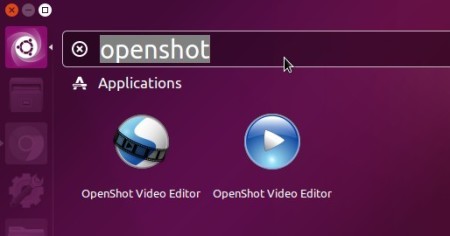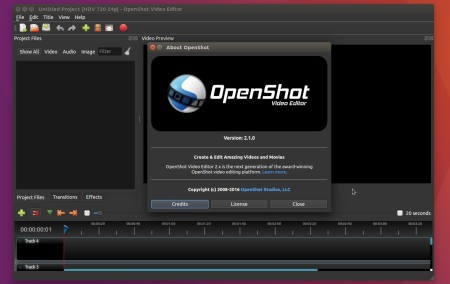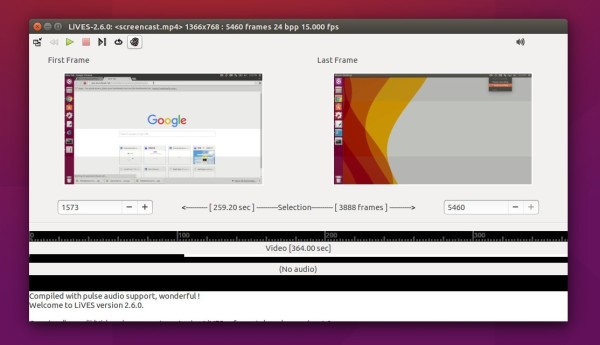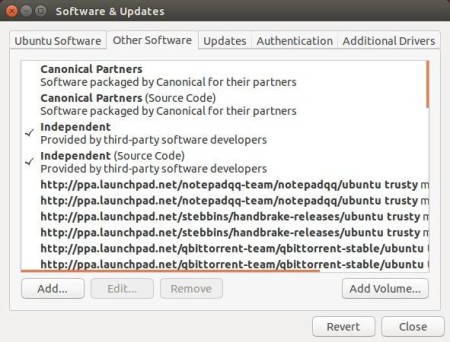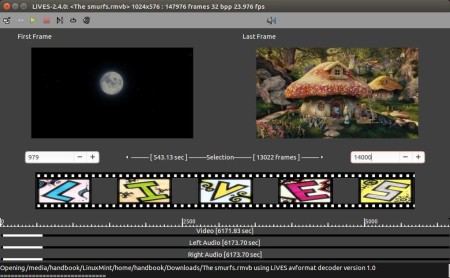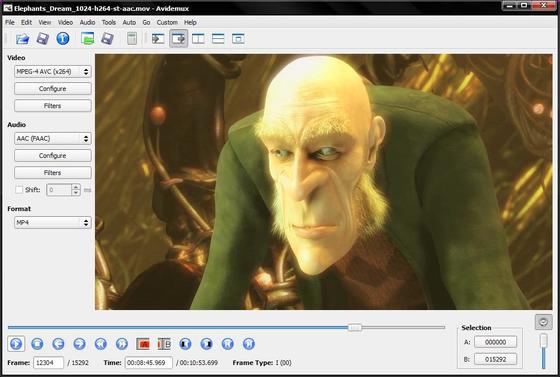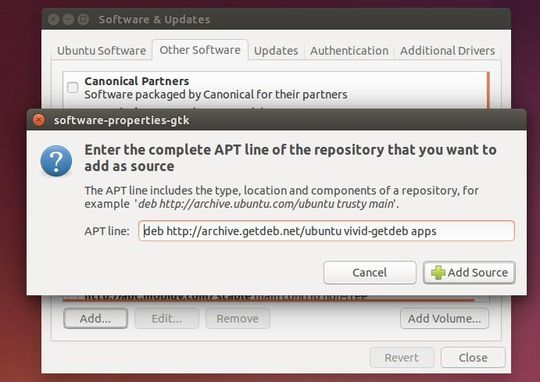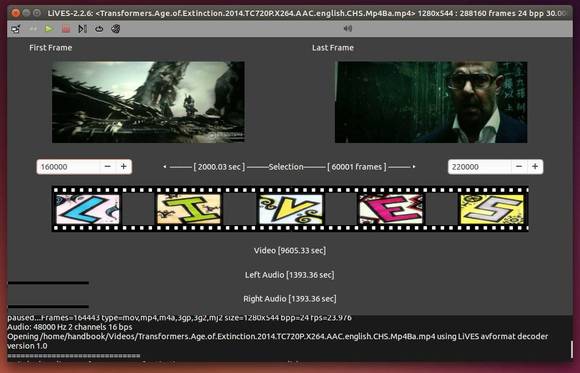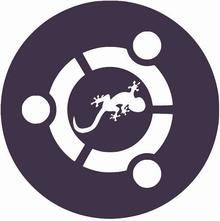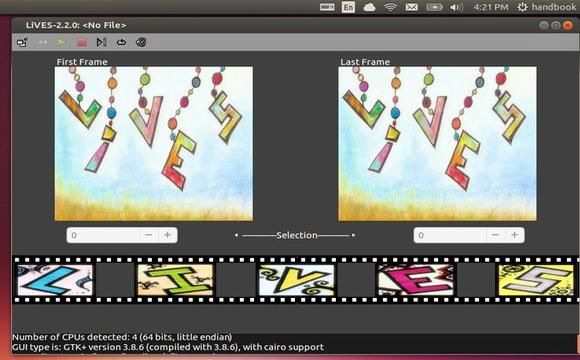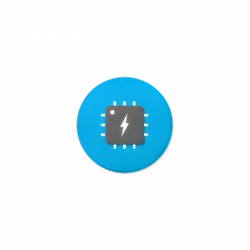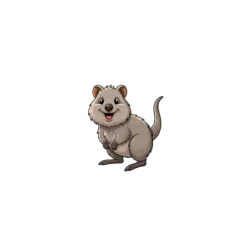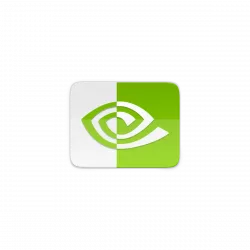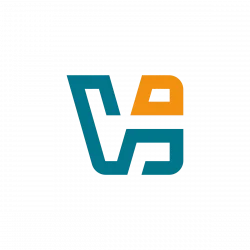
The Openshot video editor has reached the new stable 2.3 release today. Here’s how to install it in Ubuntu 14.04, Ubuntu 16.04, Ubuntu 16.10, Ubuntu 17.04, Linux Mint 17 & 18, and their derivatives.
Openshot 2.3 is one of the biggest release filled with new features, performance improvements, and tons of bug fixes! Release highlights include:
- A new transform tool, allows real-time transformations in the video preview window.
- Zooming the timeline has been greatly improved.
- The razor tool from OpenShot 1.4.3 has returned
- Many improvements to the Title Editor and Animated Title Editor.
- Preview has own dedicated video player, allows multiple preview windows at the same time.
- Huge performance improvements for real-time previews
- New documentation (English only so far)
- Audio, Export dialog, and other improvements. See release note.
How to Install OpenShot 2.3 via PPA:
The OpenShot Stable PPA has built the new packages for Ubuntu 14.04, Ubuntu 16.04, Ubuntu 16.10, Ubuntu 17.04, and Linux Mint 17 & 18.
1. Open terminal via Ctrl+Alt+T or by searching “Terminal” from start menu. When it opens, run command to add the PPA:
sudo add-apt-repository ppa:openshot.developers/ppa
Type in your password (no visual feedback due to security reason) and hit Enter.

2. If you have a previous Qt version (no the stock version in Ubuntu Software) installed, now launch Software Updater to upgrade Openshot after checking for updates.
Or run the commands below one by one in terminal to check updates and install Openshot 2.3:
sudo apt-get update sudo apt-get install openshot-qt
Uninstall:
The PPA repository can be easily removed by launching Software & Updates and navigating to Other Software tab. And the openshot-qt package can be removed either via your package manager or by running command:
sudo apt-get remove openshot-qt && sudo apt-get autoremove





